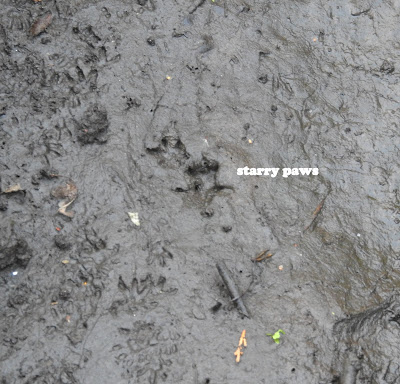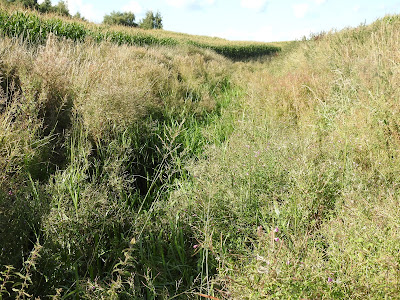Small copper.
Common red darter.
Two well-camouflaged common newts.
I haven't seen a water vole for a couple of weeks now, so I'm assuming they've taken themselves underground in the main, ready for the colder weather. This is the time sightings usually stop, although I have occasionally seen them in November. I'd hope next year's sightings to be starting around mid-February or March. However, you can still see their little starry pawprints down at White Lion Meadow (the car park by Tesco), so there must be some above-ground activity.



























































